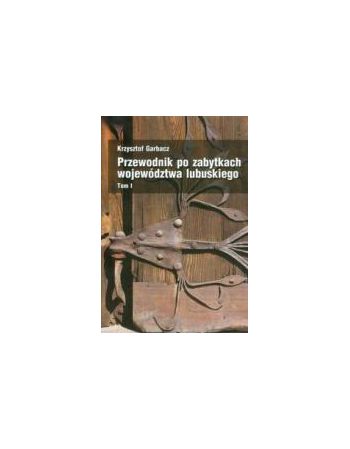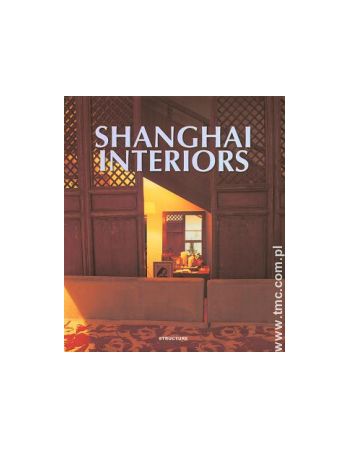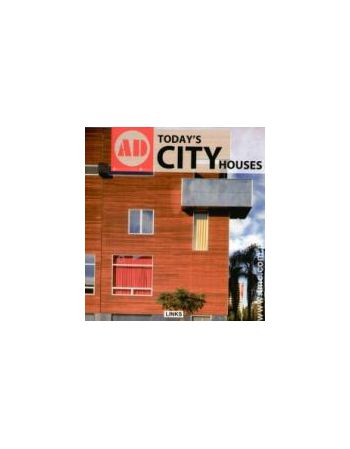PRZEWODNIK PO ZABYTKACH...
Obszar dzisiejszego województwa lubuskiego, zajmującego znaczną część zachodniej Polski, we wczesnym średniowieczu był pokryty gęstą siecią grodów oraz osiedli typu wiejskiego. Z czasem grody zaczęły stopniowo zanikać, a na ich miejscu bądź na terenie dotychczasowych osad otwartych rozpoczął się proces kształtowania pierwszych miast. Zapoczątkowana w XIII wieku urbanizacja przyniosła w konsekwencji, na przestrzeni następnych stuleci, powstanie wielu założeń miejskich, zarówno w południowej – śląskiej części województwa, jak i północnej, niegdyś od zachodu pozostającej pod wpływem Brandenburgii, a od wschodu Wielkopolski.



